Cameras seek to document baby eels' journey around dam wall
WaterNSW scientists are hot on the trail of documentary proof of one of Australia’s most amazing aquatic migrations – the journey of the long-finned eel from Warragamba Dam to the Coral Sea, and back again.
Cameras taking photos every 10 minutes 24/7 for the past year have so far found no sign of the 12-centimetre long elvers as they make their miraculous detour around the dam wall. Once safely in Lake Burragorang, the elvers grow up to become 2-metre long eels and the apex predators of our coastal rivers.
But that lack of photo evidence so far is not deterring Joe Pera, WaterNSW Water Quality Scientist. “One theory is that the elvers only make it up and around the wall every few years when conditions are just right,” he said.
“Consequently, we are also studying the size of eels in Lake Burragorang, to help determine when the last batch of elvers made the trek around the dam wall and into the lake.
“We believe they move en masse. The idea being that if they all make the climb together at the same time, at least some are likely to make it.”
The path around the wall is arduous. First the tiny elvers must wriggle 300 metres up a rocky stream bed, then climb a steep 90 metre embankment to enter a drain. They squirm 100 metres in a ditch beside an old rail track, then duck under a road through a purpose-built culvert, before wriggling a final 50 metres downhill into the lake.
“So far, our trail cameras have caught an impressive array of wildlife – wombats, snakes and even a sugar glider in full flight, but no elvers so far,” Joe said.
Searching through the thousands of images would be an impossible task without artificial intelligence. “Earth worms are a similar size and colour as elvers – that’s how we trained our AI to search through our images for elvers.”
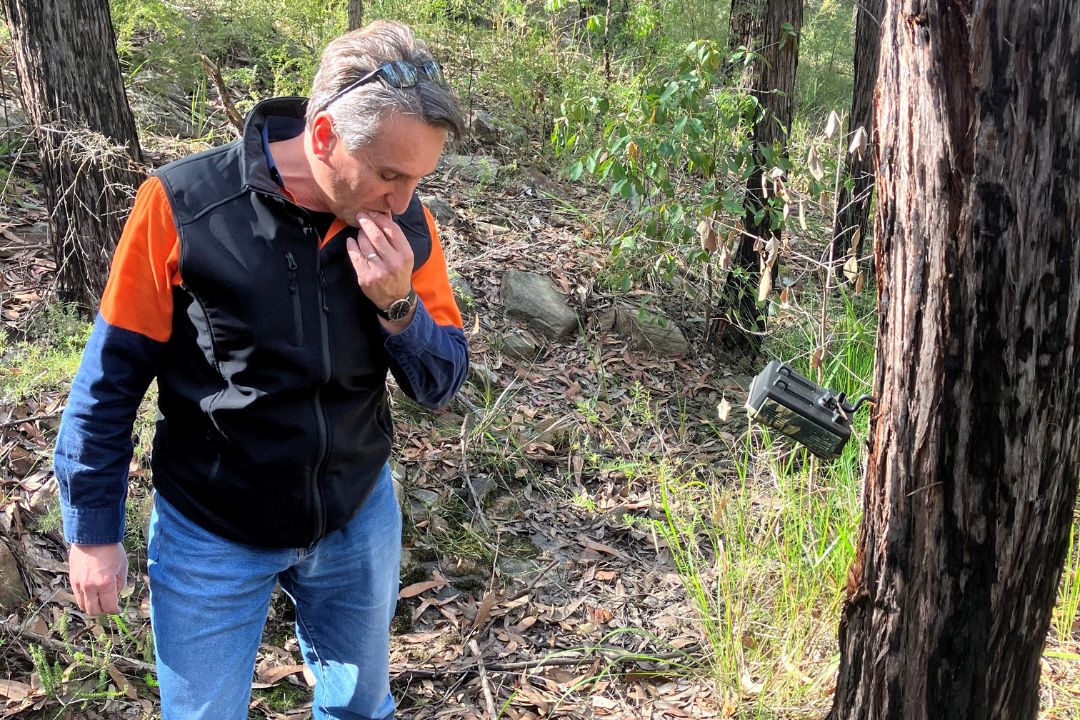
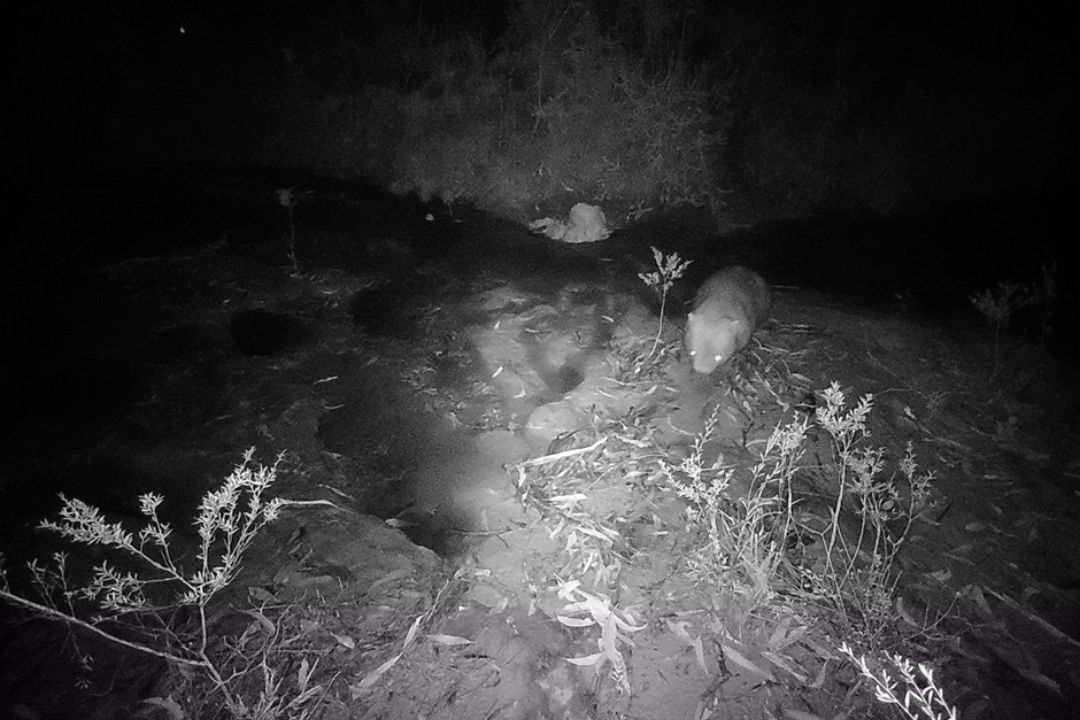
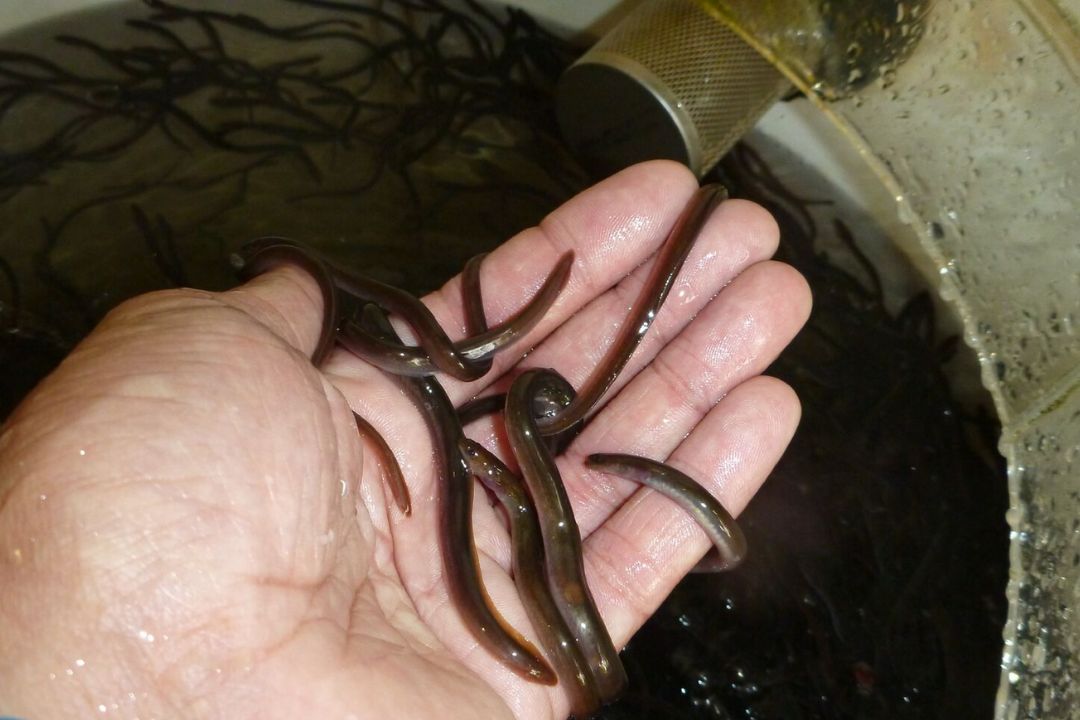
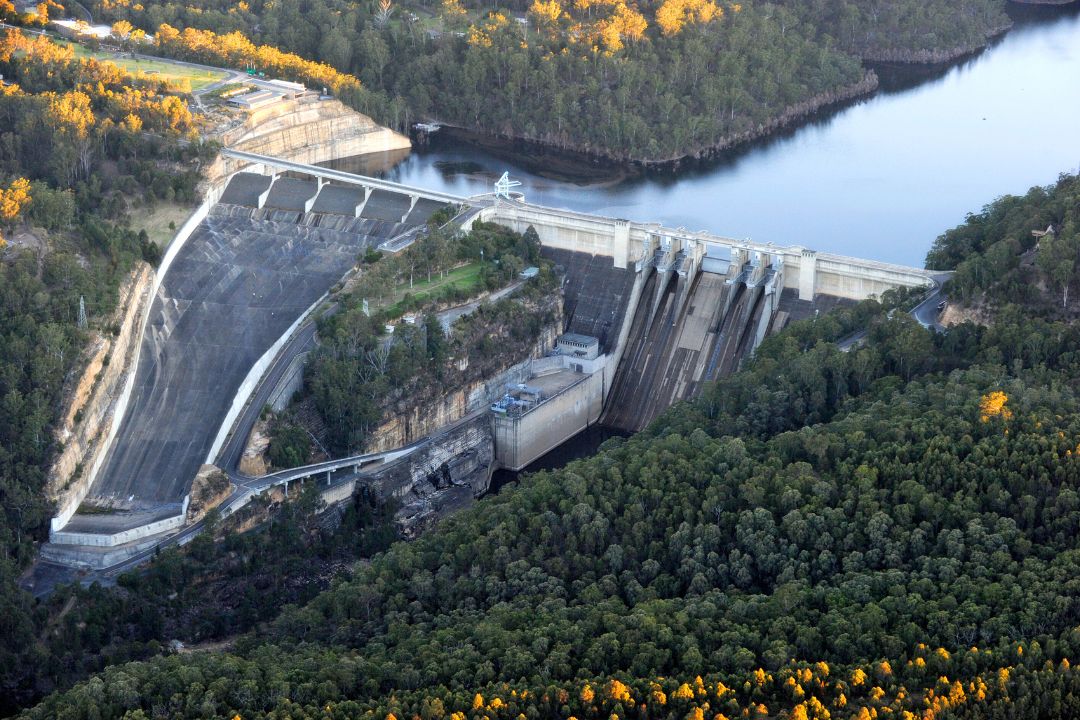
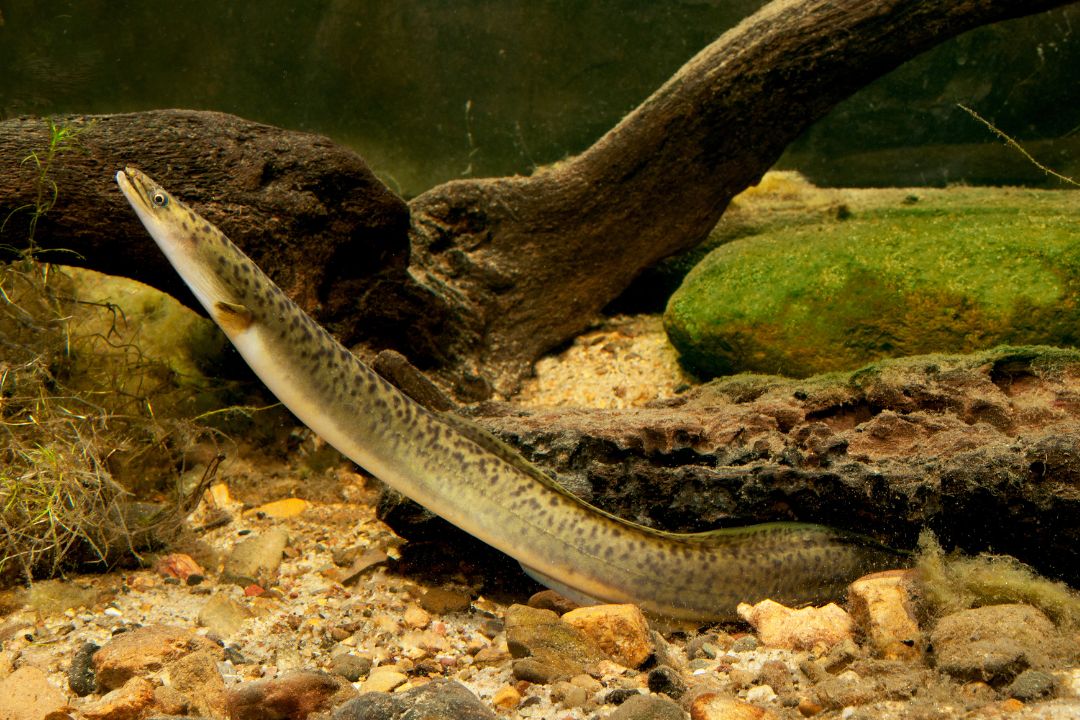
Long-finned eel.
Did you know?
The name of the city of Parramatta is derived from the locality name of the Burramattal people from the Dharug Nation.
The Burramattal people honour the eel as their totem and mark its migration in their seasonal calendar as the Parra'dowee (warm and wet) time of year from November to December.
In Dharug language, the name Burramattagal is broken down to mean… Burra = eel ... matta = place ... al = the people of.
Therefore, Burramatta means “the place where the eel sets down”.
Related links
Published date: 14 July 2023
WaterNSW acknowledges the traditional custodians of the lands and waters on which we work and pay our respects to all elders past, present and emerging. Learn more
